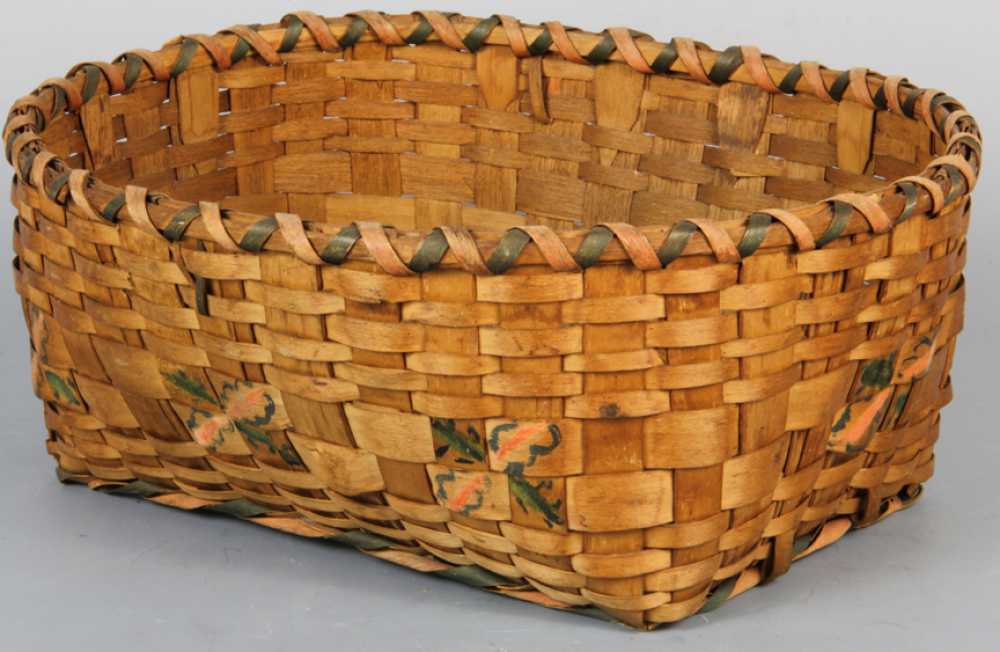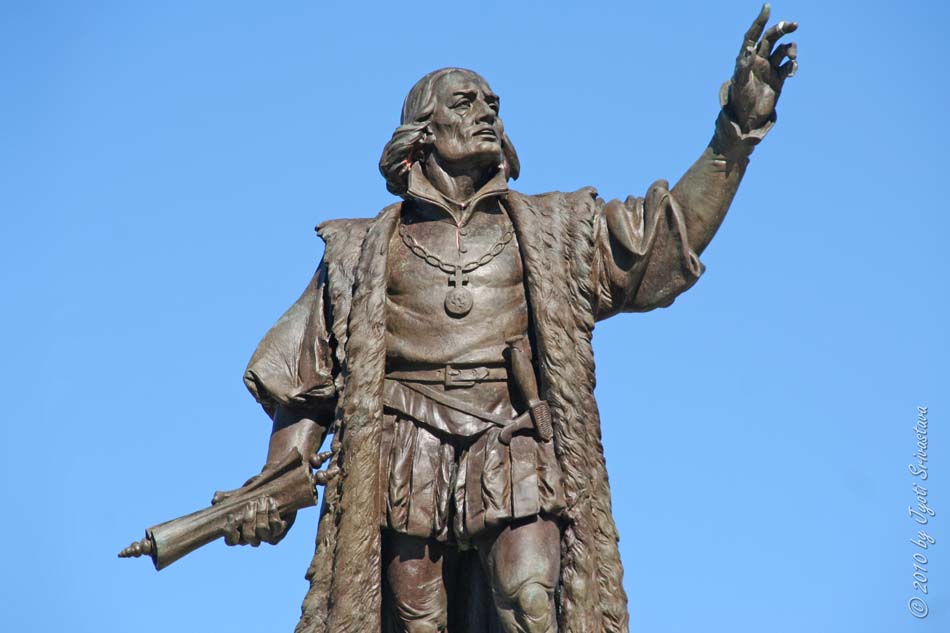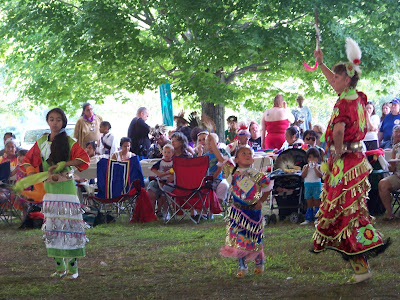that people would lose their Mohegan identity when they left the tribal lands:'
http://www.cnn.com/2016/08/25/europe/italy-earthquake-historic-sites-damaged/
As a quick summary, the supplemental reading that I chose describes a devastating earthquake in Italy that destroyed important historical sites. Nearly 300 sites were damaged while 50 were completely destroyed. Specifically, many important religious buildings were damaged, such as the Basilica de San Francesco or Cattedrale di Urbino, an ancient Roman cathedral. Still, the article describes 'solidarity with the population' given the loss of important cultural artifacts, when citing that all proceeds from state museums will be given to the communities hit the hardest. This article shows that even if someone's cultural artifacts may be lost or damaged, their culture still lives on in other forms, as well as in the support of a community.



